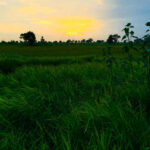Plants and Nature: A Deep Connection Worth Exploring
Nature has always had a way of mesmerizing us, and at its heart are all plants. They are essential to life on Earth, providing us with oxygen, food, shelter, and beauty. But their importance goes beyond being passive participants in nature. Let’s dive deep into the world of plants and nature and discover their unique relationship with our planet and ourselves.
Nature and Plants help us in many ways throughout our lives; we can not even imagine living a life without them so we should pay attention to those who are like family to us Nature gives us a vibe of romantic mood and endless peace and state of calmness If you want to enjoy life and inner peace, you should take care of nature and plants around you.
Nature refers to the material world and all living and non-living things that exist independently of human activity. It includes ecosystems, landscapes, plants, animals, atmosphere, bodies of water, and natural phenomena such as weather, climate, and geological events. Nature operates through complex, interconnected systems where organisms interact with their environment in a delicate balance. It is the source of life, providing resources such as air, water, and food, and plays an important role in sustaining all living things. Nature is often admired for its beauty, strength, and the sense of harmony it brings to life on Earth.
1. Introduction
A brief overview of the role of plants in nature
Importance of plants to life on Earth
2. Role of plants in nature and Environment Plants as primary producers
How do plants contribute to the ecosystem?
3. Evolution of Nature Travel from aquatic to terrestrial plants
How Nature has helped different environments.
4. Science of Nature Nature produces oxygen and food.
Importance of Nature in the food chain
5. Plants and Biodiversity
Why plants are important to biodiversity.
Interdependence between plants and animals
6. How plants form ecosystems.
Plants as ecosystem engineers
Examples of habitat-forming plants.
7. Nature’s Pharmacy
Healing properties of plants and Nature
Popular medicinal plants and their uses
8. Plants and Human Culture
Historical significance of plants in different cultures
How plants have shaped art, religion, and traditions.
9. Vegetation and climate regulation
The role of plants in coping with climate change
Forests as carbon sinks.
10. Indoor plants and their effects
How indoor plants improve air quality.
Psychological benefits of keeping indoor plants
11. Future of plants and nature
Current threats to plant diversity
What we can do to protect plants and ecosystems.
12. Innovations in Plant Science
Genetic engineering and its impact on plant diversity
New technologies for plant protection
13. Sustainable living with plants
How growing your plants promotes sustainability.
Importance of native plants in horticulture
14. Gardening for Beginners: A Guide to Getting Started
Easy-care plants to grow at home
Tips for successful gardening
Introduction

There are plants. the basis of life on Earth. Whether you’re walking through a dense forest, tending to your garden, or even admiring a houseplant, it’s easy to overlook the role of plants in our world. . From creating oxygen to being the base of the food chain, plants are the unsung heroes of our ecosystem. But their importance extends far beyond survival—they connect us to nature in more ways than we often realize.
The role of plants in nature
Plants are not the only decorative elements in nature. They are the primary producers of ecosystems. Through the process of photosynthesis, they convert sunlight into energy, which provides food not only for themselves but also for all organisms that depend on plants for nourishment.

The energy produced by plants is the starting point for the food web, which supports herbivores, which in turn feed carnivores. Without plants, this cycle of life would break down. Plants play an important role in nature by maintaining ecological balance and supporting life on Earth in various ways. Here are some important roles that plants play.
Oxygen Production: Plants play an important role in maintaining the earth’s ecological balance through the process of photosynthesis. They absorb carbon dioxide (CO2) from the atmosphere and convert it into oxygen (O2) and glucose using sunlight. This process not only produces oxygen as a byproduct, which is essential for most life forms on Earth but also helps regulate CO2 levels, reducing the effects of greenhouse gases. is done By releasing oxygen into the atmosphere.
plants sustain life on the planet and ensure a stable environment for humans, animals, and other organisms.They absorb carbon dioxide from the atmosphere and release oxygen as a product, maintaining the balance of gases in the atmosphere.
Habitat for Wildlife: Nature is the Foundation of Ecosystems.
Plants and Nature are the backbone of almost every ecosystem on Earth. They provide essential habitats for wildlife, providing food, shelter, and breeding grounds for countless species of animals, birds, insects and microorganisms. In forests, grasslands, wetlands, and even urban green spaces.
plants form the basis of complex ecosystems, supporting a vast network of life. As primary producers in the food chain, plants are the first step in the energy flow, converting sunlight into food that sustains herbivores, which in turn support predators. Without plants, ecosystems would collapse, threatening biodiversity and the survival of many species.
Plants and Nature provide shelter and food for countless species of animals, birds, insects, and microorganisms. Forests, grasslands, and wetlands support diverse ecosystems, where plants are the primary producers in the food chain. Nature is always fruitful for many living and Non-living things in many ways.
Soil health: Plants prevent soil erosion by anchoring the soil with their roots. They also contribute organic matter to the soil by decomposing leaves and other plant parts, enriching the soil with nutrients, and improving its structure
Water Cycle Regulation: Plants play a role in regulating the water cycle by absorbing water from the soil and releasing it into the atmosphere through respiration. This process helps retain moisture in the air, promotes cloud formation, and affects weather patterns.
Evolution of Nature:
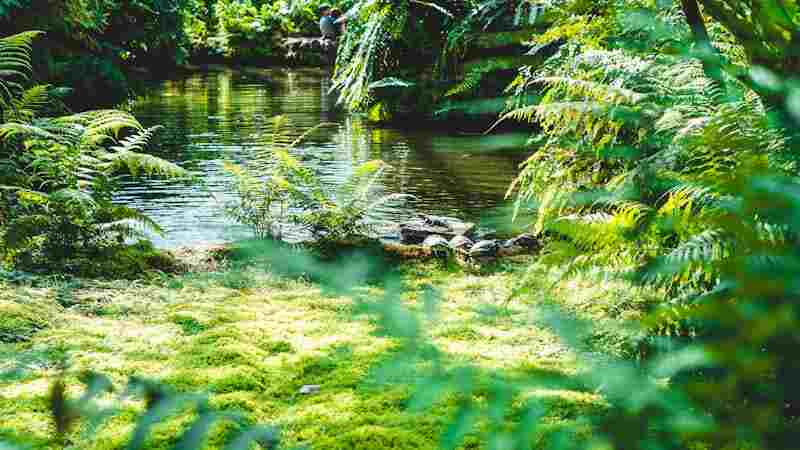
Refers to the gradual development and change of the natural world over billions of years. These processes include changes in landscape, ecosystems, species, and climate, driven by forces such as geological activity, natural selection, and climate change. From the formation of Earth’s earliest organisms to the complex biodiversity we see today, nature has continually adapted and evolved.
This evolution is not only biological, with species adapting to survive and thrive in changing environments, but also geological, as continents shift, mountains rise, and oceans form. Nature’s Evolution highlights the dynamic and ever-changing systems that make up our planet, revealing the resilience and adaptability of life on Earth over time. Nature and Plants have evolved over millions of years.
Beginning their journey in aquatic environments before adapting to life on land. From simple algae to towering trees, the diversity of plant and nature species is staggering. Some plants have adapted to thrive in extreme environments such as deserts and tundras, while others have developed special features to attract pollinators or defend against herbivores. This evolutionary flexibility allows plants to live in almost every corner of the planet.
The Science of Nature.
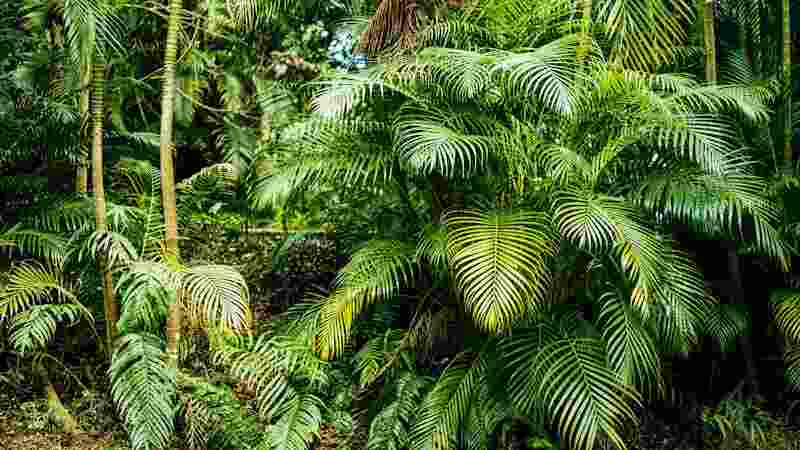
Science of nature refers to the study of the natural world, including all organisms, physical processes, and ecosystems that function independently of human influence. It involves understanding how plants, animals, geology, weather, and other elements of the environment interact and evolve. This field of study explores the principles that govern life on Earth, such as growth, reproduction, energy transfer, and ecological balance.
By investigating the complexities of natural systems, scientists can reveal how nature sustains itself, how humans affect it, and how we can preserve it for future generations. The natural sciences combine biology, ecology, geology, and other disciplines to deepen our understanding of the planet’s processes and the complex web of life within it.
Nature of science in Photosynthesis is a miraculous process that occurs in plant leaves, where chlorophyll converts sunlight into glucose and oxygen. This process not only provides energy for the plant but also releases Nature, which is an essential element for all aerobic organisms, including humans.
Photosynthesis forms the basis of life, as it feeds plants, and helps Nature to grow its scenery which in turn feeds animals. Without it, Earth’s ecosystems would cease to function. Photosynthesis is a basic inborn process where plants and some bacteria change sunlight into chemical energy.
Plants and Biodiversity
Plants are an important component of biodiversity. They form the structural backbone of most ecosystems, providing food, shelter, and breeding grounds for countless species. Interdependence between plants and animals is a complex web, where each species depends on the others to survive.
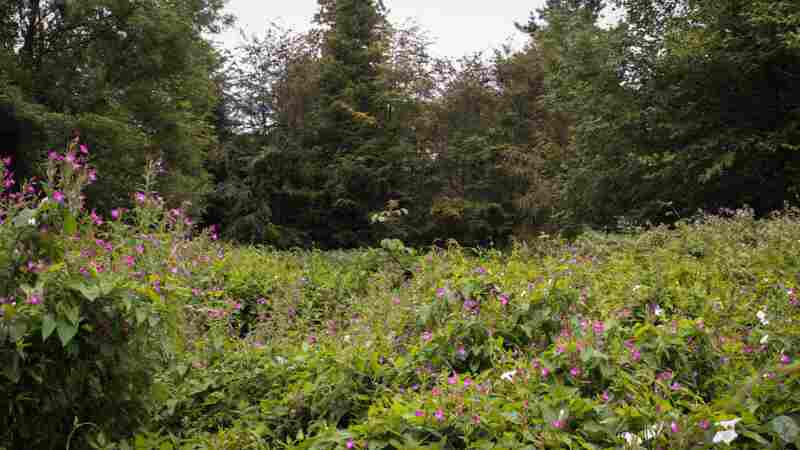
For example, some plants depend on animals for pollination, while many animals depend on plants for food and shelter. This balance is delicate, and a disturbance in a plant population can have wide-ranging effects on the entire ecosystem.
How do plants form an ecosystem?
In many ecosystems, plants act as ecosystem engineers. Take mangrove forests for example. These coastal trees not only shelter marine life but also protect beaches from erosion. Similarly, trees in rainforests form a canopy that controls the climate beneath it, supporting a wide variety of species. Even in deserts, plants like cacti create microhabitats where small animals can find refuge from the harsh environment. Thus, plants are not passive inhabitants of their environment. They actively shape the world around them.
Nature’s Pharmacy
Nature’s Pharmacy refers to the vast array of healing plants, herbs, and natural substances that have been used for centuries to treat ailments and promote health. This concept highlights the idea that nature provides a wealth of medicinal resources, from roots and leaves to flowers and seeds, which can be used to prevent and cure diseases.
Unlike synthetic drugs, remedies from nature’s pharmacy are often holistic, supporting not only physical health but also emotional and spiritual well-being. Many modern medicines have their origins in plants, showing that nature remains an invaluable source of healing compounds. Nature’s Pharmacy emphasizes the importance of preserving biodiversity and traditional knowledge to ensure continued access to these natural remedies
Many modern medicines are derived from plant and Nature compounds. For example, aspirin originally came from willow bark, and the antimalarial drug quinine was obtained from the bark of the cinchona tree. Famous medicinal plants such as aloe vera, lavender, and chamomile are still used today for their healing properties.
Plants and human culture

Plants have been central to human culture since the dawn of civilization. In ancient times, people worshiped plants as symbols of life and fertility. In many cultures, plants have spiritual significance. For example, Hinduism and Buddhism venerate the lotus flower, which symbolizes purity and enlightenment. In modern times, plants continue to influence art, literature, and architecture. They have shaped human traditions, from herbal remedies to the symbolism of flowers in rituals and ceremonies.
Vegetation and climate regulation
In particular, act as large-scale carbon sinks, absorbing carbon dioxide from the atmosphere and storing it in their biomass. It helps reduce the effects of climate change by reducing the concentration of greenhouse gases in the atmosphere. The Amazon Rainforest, often referred to as the “Lungs of the Earth,” plays an important role in this process. However, deforestation threatens this balance, because cutting down trees releases the stored carbon back into the atmosphere.
Indoor plants and their effects
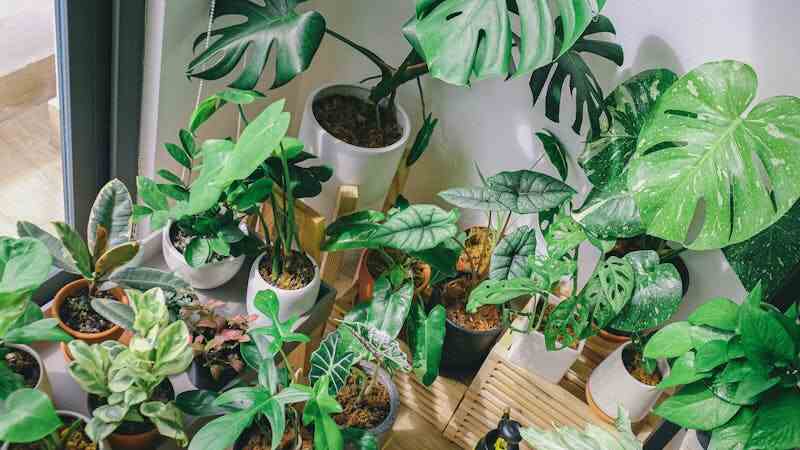
Indoor plants aren’t just decorative; They also improve air quality by absorbing toxins and releasing oxygen. Studies show that having plants in your home or office can reduce stress, increase productivity, and improve overall health. Snake plants, peace lilies, and spider plants are particularly effective at purifying the air, making them popular choices for indoor environments. Additionally, the act of tending to plants can be therapeutic, helping to reduce anxiety and promote mental health.
The future of plants and nature
While plants have thrived for millions of years, they now face unprecedented threats from human activities. Habitat destruction, pollution, and climate change are putting enormous pressure on plant populations. Many species are threatened with extinction, which could have devastating effects on global biodiversity. For the future protection of plants and nature, conservation efforts are vital. This includes protecting natural habitats, reducing deforestation, and promoting sustainable agriculture.
Innovations in Plant Science
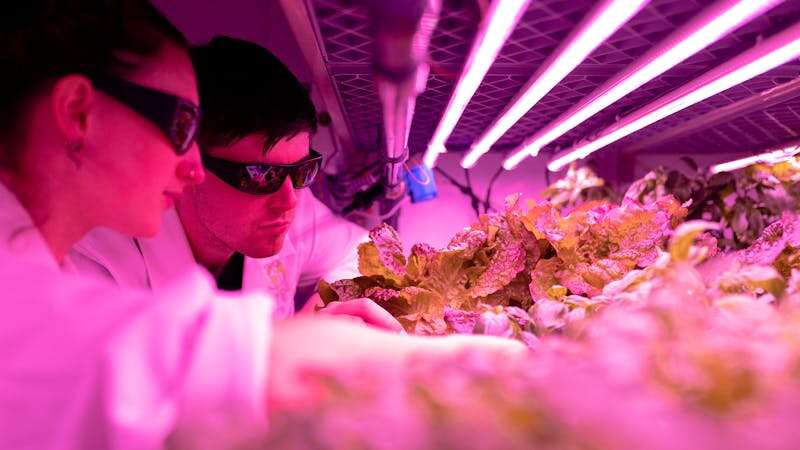
Advances in plant science offer new hope for conservation and sustainability. Genetic engineering allows scientists to develop plants that are more resistant to disease, pests and environmental stress. These innovations can improve crop yields and reduce the need for harmful pesticides. Additionally, researchers are exploring ways to use plants for bioremediation, where plants are used to clean up polluted environments.
Sustainable living with plants

One of the easiest ways to live sustainably is to grow your own plants. Whether it’s a vegetable garden, herb patch, or just a few potted plants on the balcony, growing your own plants helps reduce your carbon footprint. By choosing native plants, you can also support local biodiversity. Native plants are better suited to local environments and require less water and maintenance than non-native species, making them an eco-friendly choice for gardeners.
Gardening for Beginners: A Guide to Getting Started
If you’re new to gardening, don’t worry—there are easy-care plants that are perfect for beginners. Succulents, pothos, and herbs like basil and mint are great starter plants. These plants require minimal maintenance and can thrive in a variety of conditions. To start, choose a well-lit spot, use quality soil, and be mindful of watering. Over time, you’ll develop a deeper appreciation for the art of gardening and the role plants play in your everyday life.
offers essential tips for novice gardeners, covering everything from choosing the right location and plants to understanding soil types and watering needs. The guide encourages starting small, learning about plant care basics, and gradually expanding your garden as your confidence grows. It also emphasizes the importance of proper tools, planning for seasonal changes, and nurturing plants through proper sunlight, fertilization, and maintenance.
this is a comprehensive introduction to starting your first garden. It walks newcomers through key steps, such as selecting the best location based on sunlight and space, choosing easy-to-grow plants suited to your climate, and understanding soil types. The guide also covers essential tools every gardener needs, as well as tips on watering, fertilizing, and mulching.
It emphasizes starting with simple, manageable projects like container gardens or small beds to build confidence. Additionally, it explains how to care for plants throughout different seasons, including when and how to prune, protect, and harvest. This guide aims to make gardening approachable, providing step-by-step instructions for nurturing a thriving garden.
conclusion
Plants and nature are interconnected, and their relationship is essential to our planet’s health and well-being. From providing oxygen and food to forming ecosystems and offering medicinal benefits, plants are the backbone of life on Earth. As we face environmental challenges, recognizing the importance of plants and taking steps to protect them is more important than ever. We can foster a more sustainable and harmonious future by understanding the deep connection between plants and nature.

FAQs
1. Why are plants important in nature? Plants are crucial for producing oxygen, providing food, and supporting ecosystems. They also help regulate the climate and offer habitat for countless species.
2. How do plants contribute to biodiversity? Plants form the base of the food chain and create habitats that support a wide range of animal species, promoting biodiversity in ecosystems.
3. What are some common medicinal plants? Aloe vera, lavender, chamomile, and willow bark are well-known medicinal plants used for their healing properties.
4. How can indoor plants improve well-being? Indoor plants purify the air, reduce stress, and promote mental health by creating a calming environment.
5. What is the role of plants in combating climate change? Plants, especially trees, act as carbon sinks by absorbing carbon dioxide from the atmosphere, helping to mitigate climate change.

